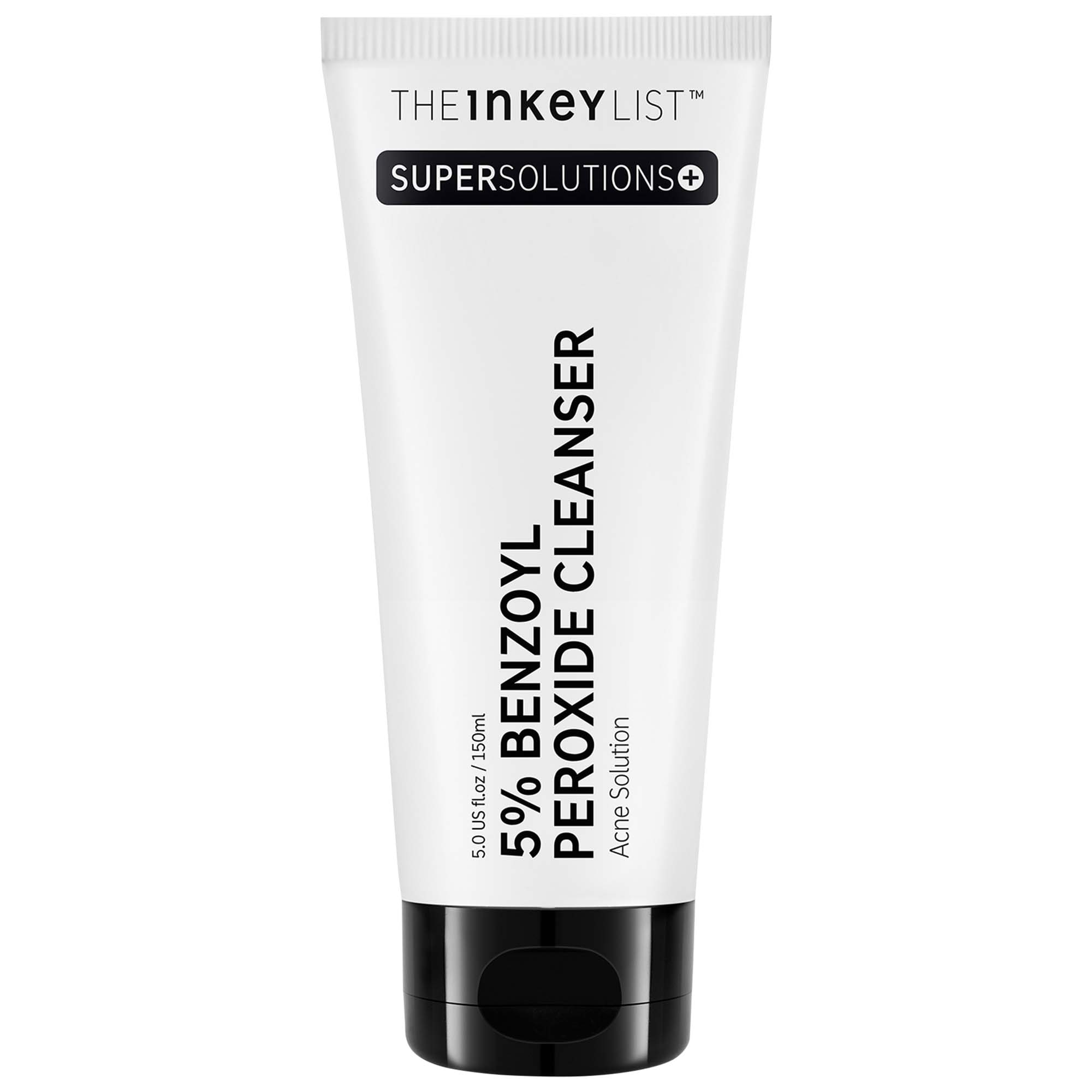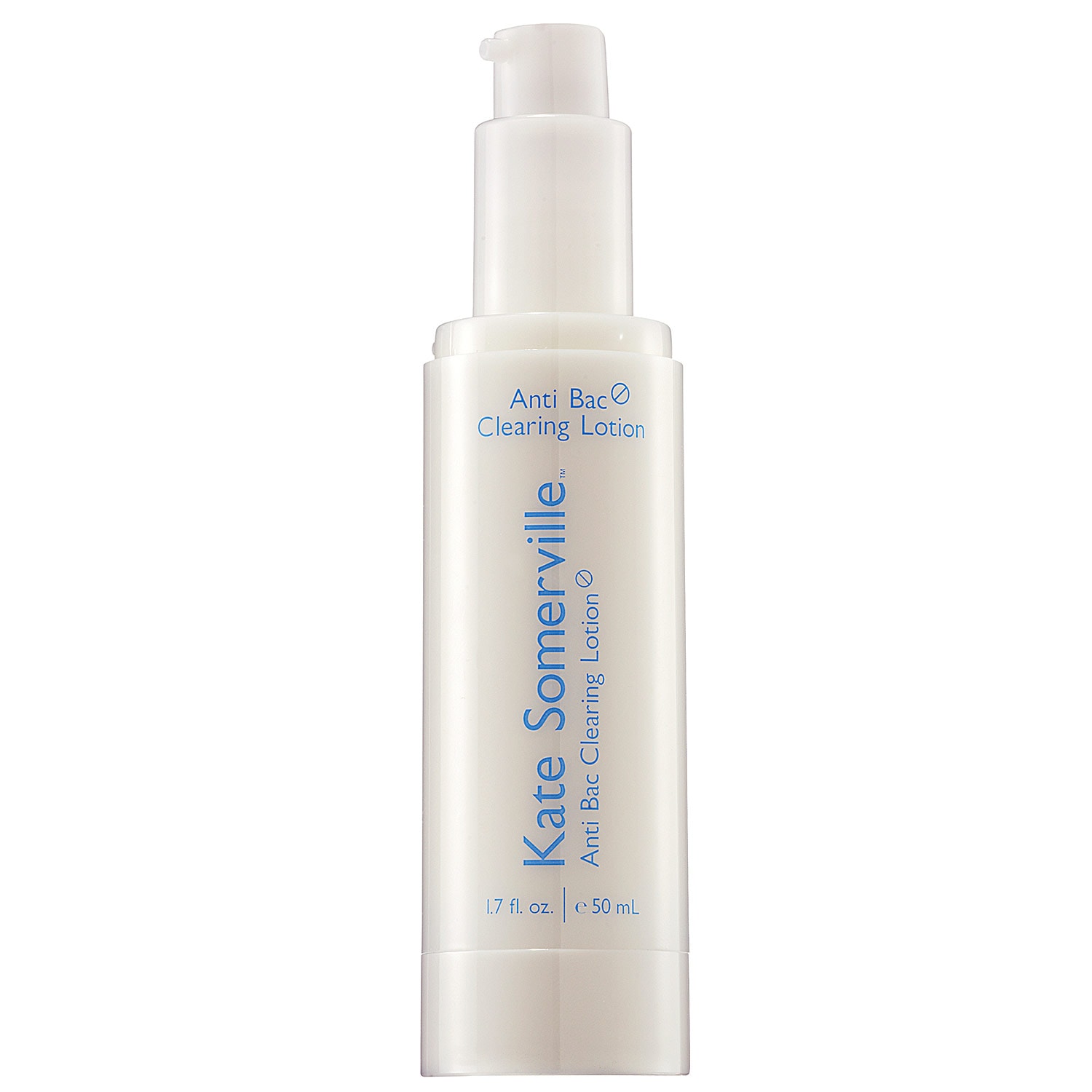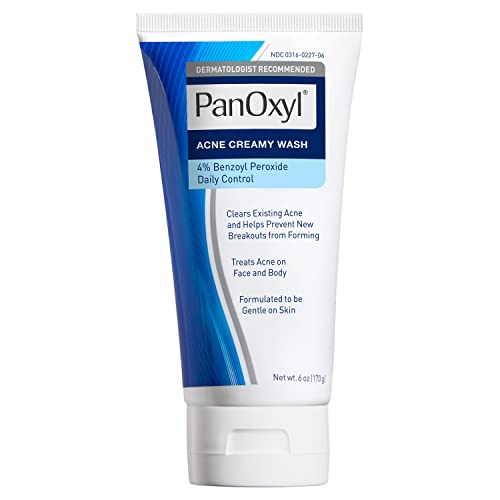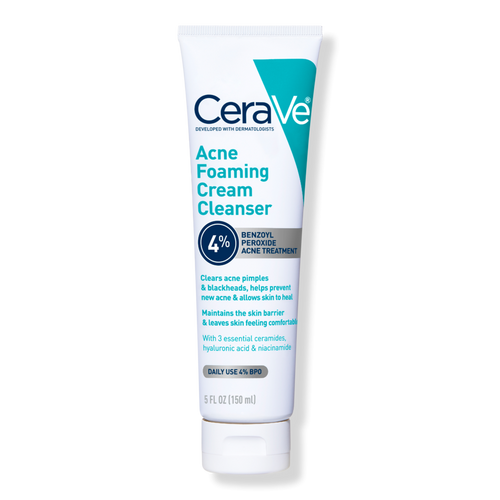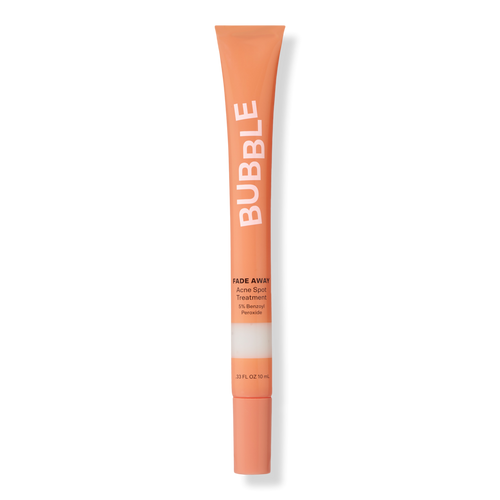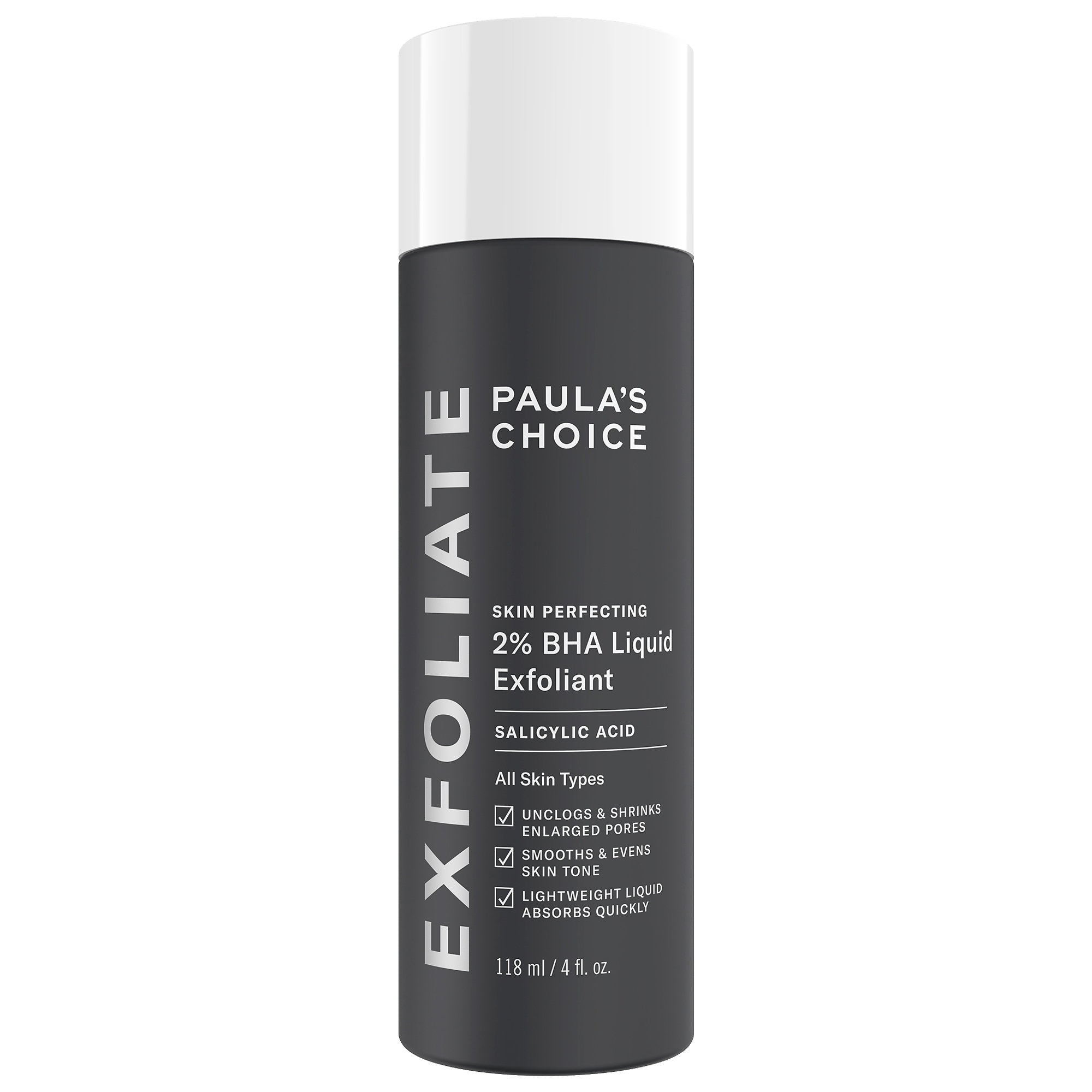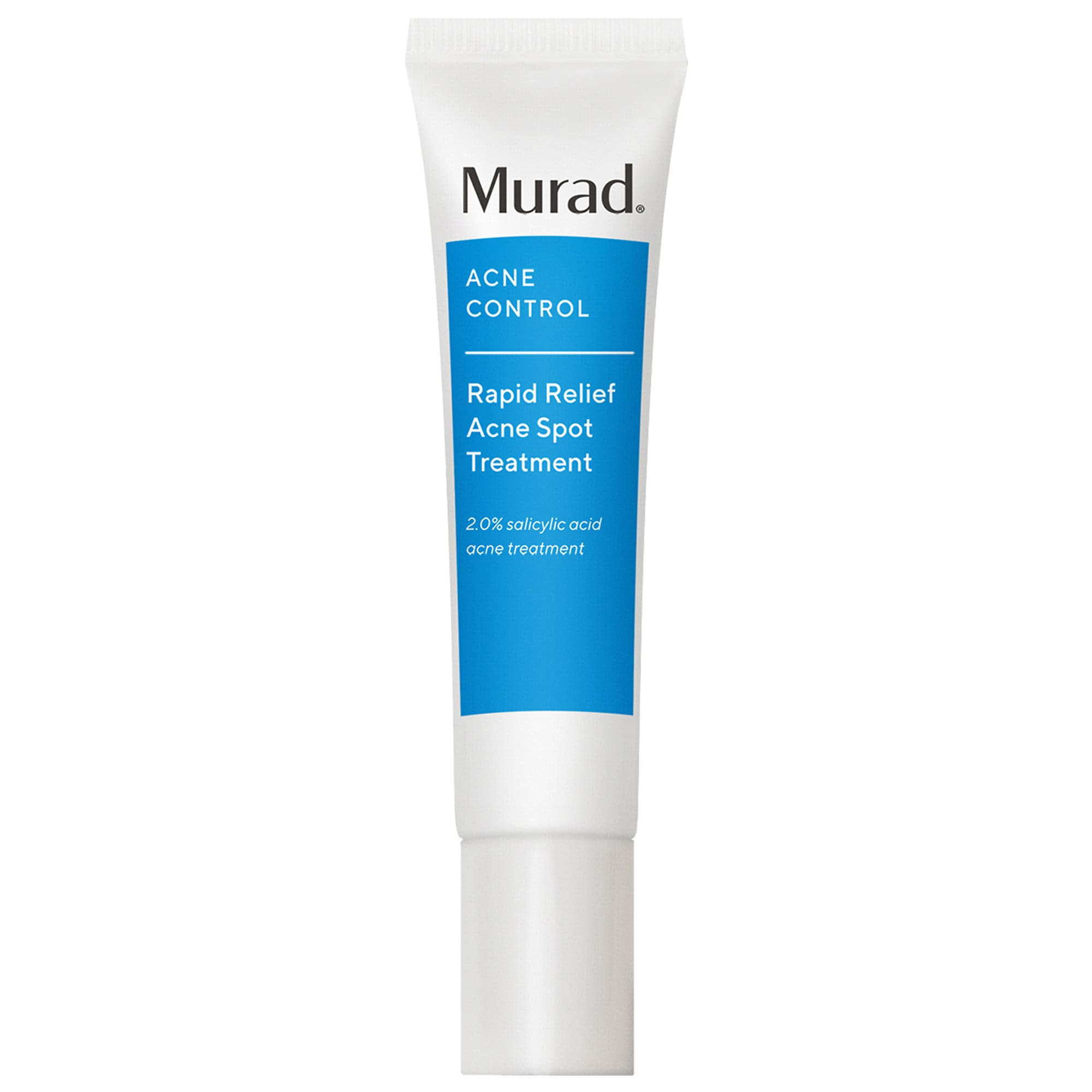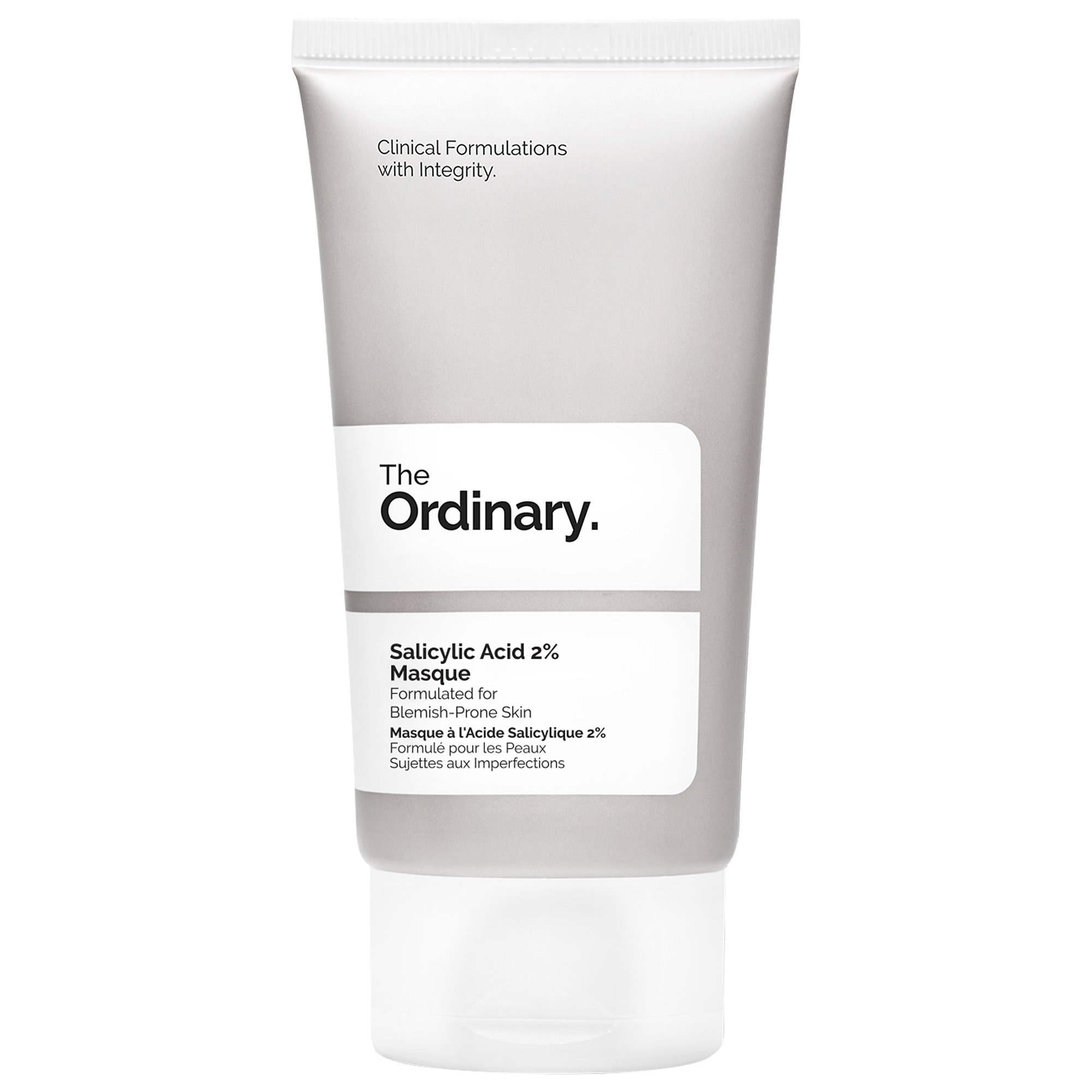Benzoyl Peroxide vs. Salicylic Acid: Which Is Best for Your Acne?
Dermatologists break down the differences.
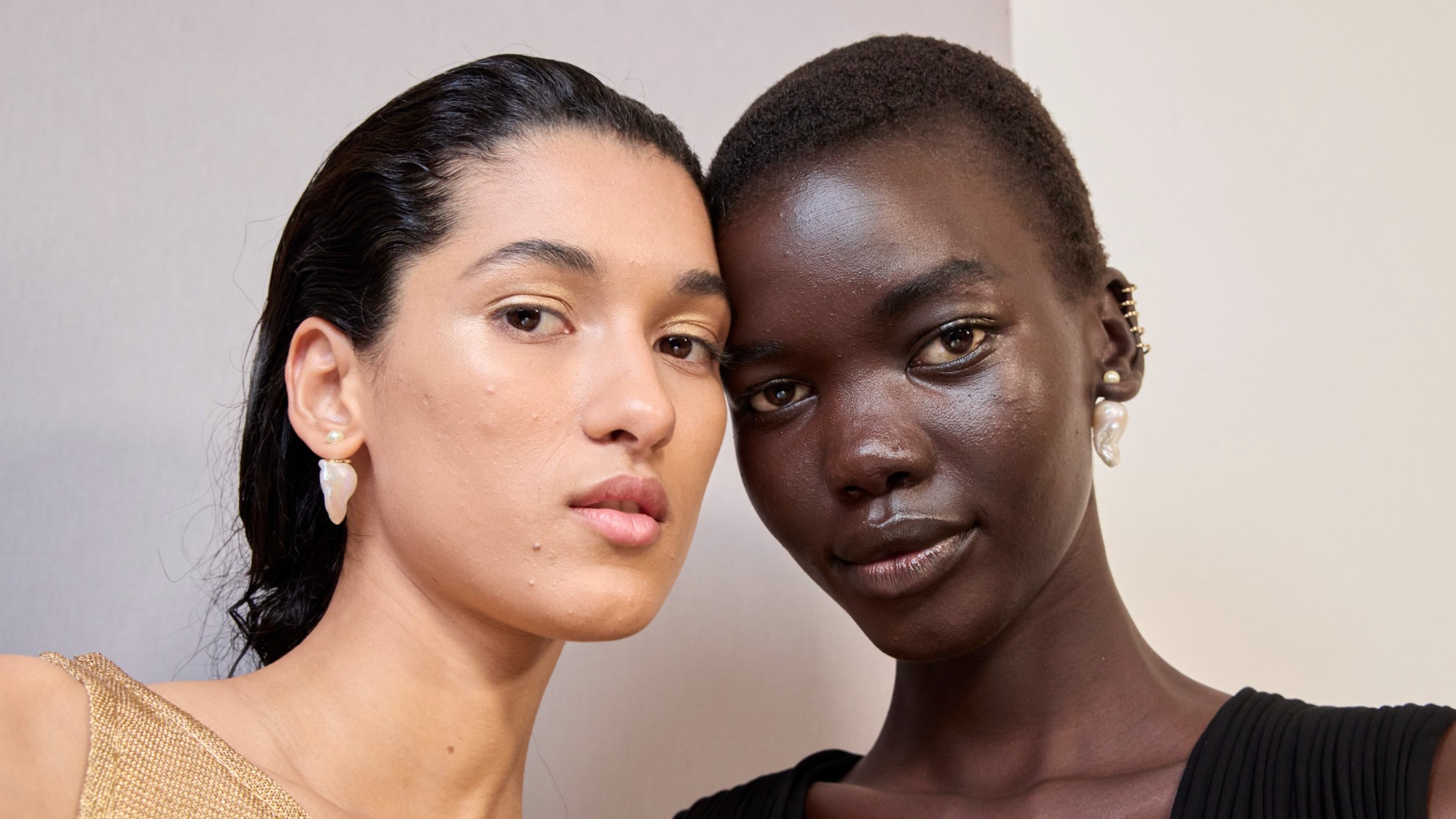

So, you have acne. Welcome to the club. You and 50 million other Americans have to deal with various types of acne. Thankfully, the best benzoyl peroxide products and the best salicylic acid products can absorb excess oil, unclog pores, and prevent future breakouts.
Both acne-fighting ingredients are easily accessible (you can even find them at the drugstore), available in various concentrations, and come in cleanser, spot treatment, and pimple sticker delivery methods. Despite their similarities, the ingredients work slightly differently (benzoyl peroxide targets bacteria and inflammation, while salicylic acid focuses on exfoliation and pore cleanout). Knowing which is best suited to handle your current skin concern is quite literally the key to a clearer complexion.
To help you settle the benzoyl peroxide vs salicylic acid debate once and for all, we tapped board-certified dermatologists Marisa Garshick, M.D. FAAD, Christine Choi Kim, M.D. FAAD, and Pooja Rambhia, M.D. FAAD. Here, they’re sharing insight into the pros and cons of both ingredients, offering advice on how to incorporate them into your skincare routine for acne, and providing a realistic timeline for when to expect to see results.
Benzoyl Peroxide vs Salicylic Acid: What's the Difference?
"The biggest difference between the two ingredients is that benzoyl peroxide has antibacterial properties and is more helpful for inflammatory acne lesions like tender red papules and pustules," explains Dr. Kim. "However, salicylic acid has stronger comedolytic effects, so it's more effective at treating and preventing blackheads and whiteheads.”
The Benefits of Benzoyl Peroxide and Salicylic Acid
The main similarity between benzoyl peroxide and salicylic acid is their ability to fight acne. “Individuals who struggle with acne can benefit from adding either ingredient to their skincare routine,” says Dr. Garshick. “Both aid in preventing clogged pores by shedding dead skin cells and excess sebum,” notes Dr. Rambhia. Still, their individualized benefits are nuanced, and each is best suited for different types of acne.
- Benzoyl Peroxide
Most commonly found in face washes for acne, benzoyl peroxide gets a dermatologist stamp of approval for its “ability to kill acne-causing bacteria, reduce inflammation, and prevent the formation of new pimples,” says Dr. Garshick. While it’s effective on comedonal acne, such as blackheads and whiteheads, it’s best known for fighting inflammatory acne, like cysts and pustules that tend to be red, swollen, and painful.
- Salicylic Acid
While benzoyl peroxide is a keratolytic agent (aka an exfoliator that cleans out pores), salicylic acid is a stronger one—by a long shot. “It works by exfoliating the skin, shedding dead skin cells, and clearing up clogged pores,” notes Dr. Rambhia. It’s ideal for blackheads and whiteheads. “It also tends to be less irritating when compared to benzoyl peroxide, making it a safer choice for those with sensitive skin when used correctly.”
Get exclusive access to fashion and beauty trends, hot-off-the-press celebrity news, and more.
The Side Effects of Salicylic Acid and Benzoyl Peroxide
You don’t have to worry about any serious side effects with either ingredient. The American Academy of Dermatology recommends both. Plus, they are pregnancy-safe and are overwhelmingly well-tolerated.
- Benzoyl Peroxide Side Effects
While benzoyl peroxide is generally safe to use, it can cause side effects like dryness, redness, and peeling, particularly when first introduced to the skin. “Those with other dermatologic conditions involving the area of concern, such as rosacea or eczema, may also experience irritation from benzoyl peroxide,” says Dr. Rambhia.
The ingredient also tends to leave its mark. “Benzoyl peroxide can also bleach dark clothing, bedding, and even your hair,” adds Dr. Kim. If you are going to use it before bed, consider laying a towel down or using a pillowcase you don’t care about.
- Salicylic Acid Side Effects
Salicylic acid is more well tolerated than benzoyl peroxide, but it can still cause a bit of discomfort. “There can be dryness, irritation, redness, and stinging, especially in individuals with sensitive skin or when used in high concentrations,” says Dr. Garshick.
How to Know if Salicylic Acid or Benzoyl Peroxide Is Right for You
- Type of Acne
“Those with inflammatory acne may find benzoyl peroxide particularly effective due to its antibacterial properties,” says Dr. Garshick, noting that inflammatory acne includes cysts and pustules. “Individuals with comedonal acne, such as blackheads and whiteheads, may benefit more from salicylic acid’s ability to penetrate and clear clogged pores.”
- Skin Type
Salicylic acid may be the more tolerable option for sensitive skin. That said, benzoyl peroxide isn’t out of the question. You may want to consider a short contact treatment, such as a face wash. Those with oily skin may also prefer salicylic acid, as it can regulate long-term sebum production.
- Lifestyle
Because benzoyl peroxide tends to stain bedding or clothing, it might not be the best choice if you want to preserve your sheets. Pimple patches, which are great for on-the-go treatments, also typically feature salicylic acid as the active ingredient.
The Best Benzoyl Peroxide Products
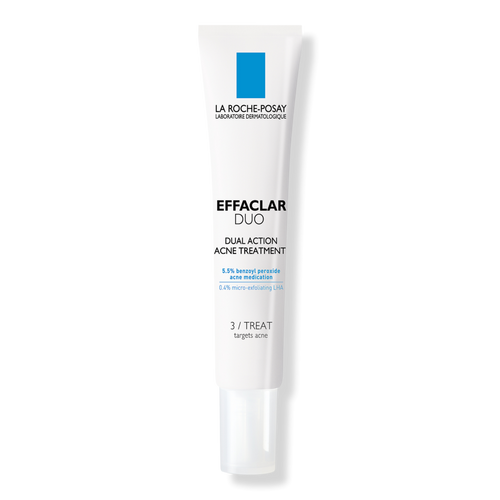
My personal favorite spot treatment, La Roche-Posay's Effaclar Duo has been responsible for getting rid of many of my pimples overnight. I use a Q-tip to apply it directly to a blemish, but you can apply it over a greater area of skin, too.
The Best Salicylic Acid Products
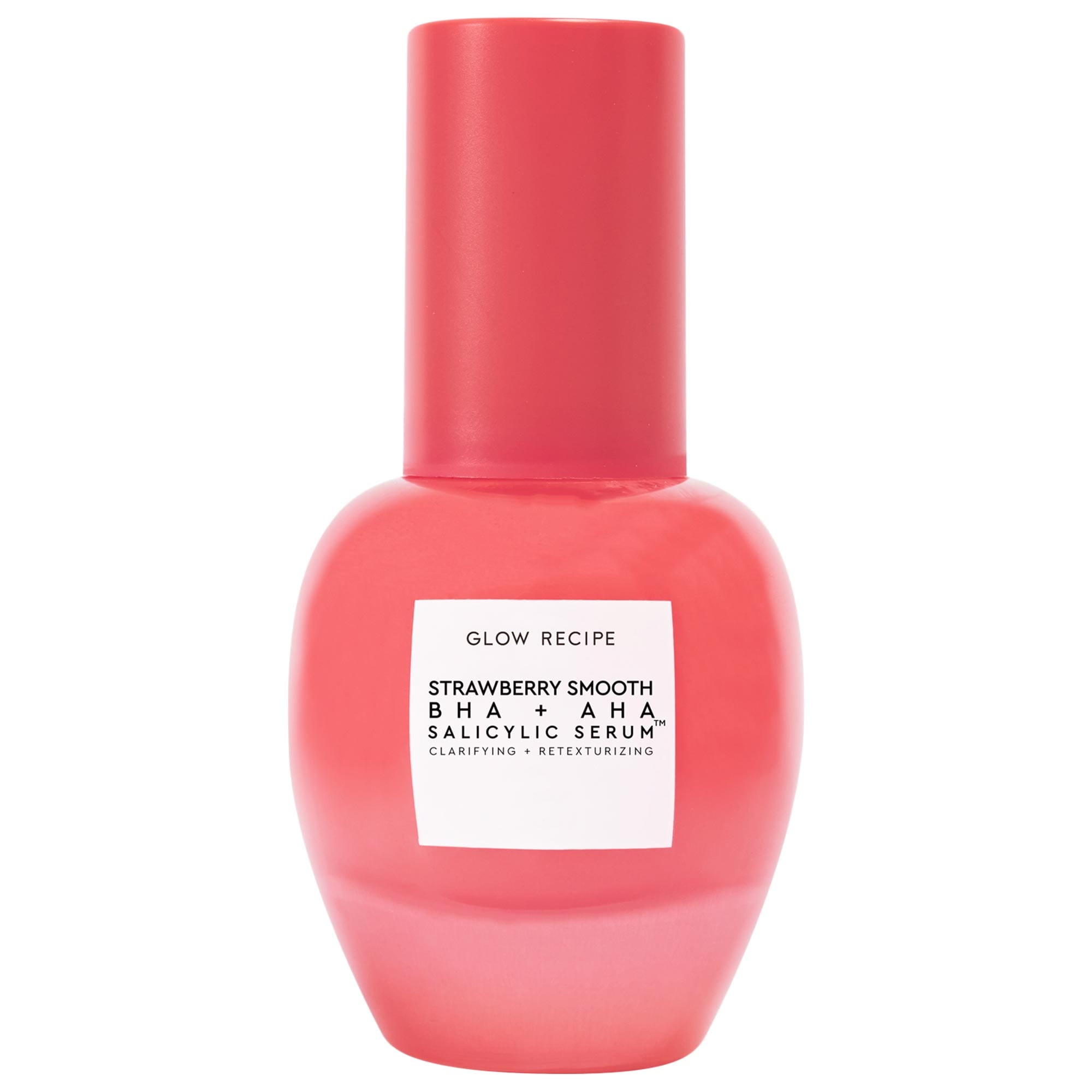
While acne products have a habit of being dubbed unsexy skincare, I'd argue this pretty pink bottle is, in fact, very sexy. And, it works. Salicylic acid teams up with AHAs like lactic and glycolic acid to create a creamy (deliciously smelling) serum that targets blackheads and whiteheads.
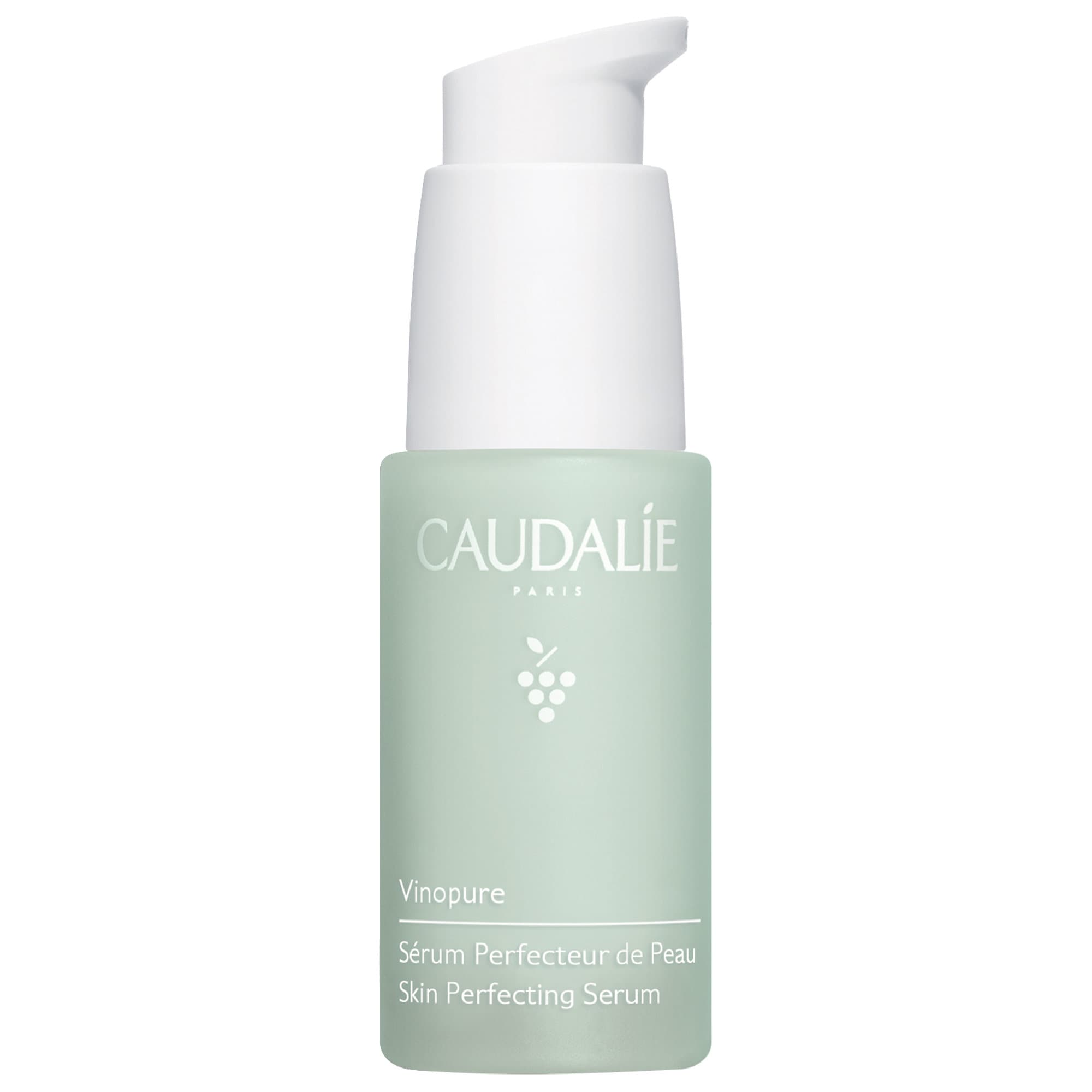
Uneven texture and large pores will fade over time when you regularly use this serum. It doesn't contain a full two percent salicylic acid, so it shouldn't be your primary acne treatment. However, it's a great supplemental serum for acne maintenance.
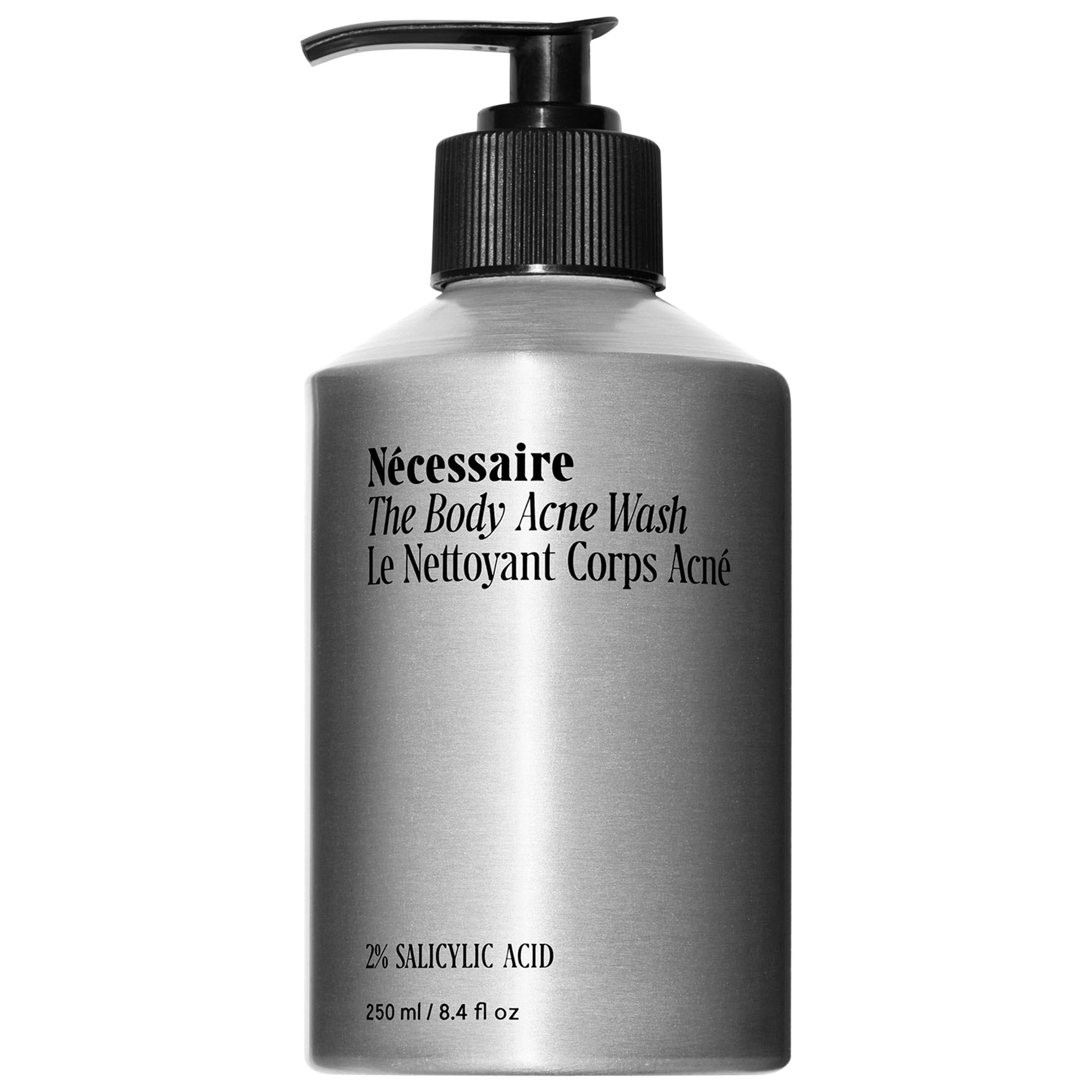
It's important to have a body skincare routine. If you frequently get back or chest acne, incorporating a salicylic body wash into your shower routine. It's the best course of action and will ensure you're deeply cleansing all oil, dirt, and grease out off your skin.
How to Incorporate Benzoyl Peroxide and Salicylic Acid Into Your Skincare Routine
How you add benzoyl peroxide or salicylic acid into your skincare is largely up to your tolerance and preference. “Benzoyl peroxide can be used in the morning or at night, as can salicylic acid.” says Dr. Garshick. That said, you’ll only want to use either ingredient once per day, and follow them up with a deeply hydrating moisturizer to prevent (or minimize) irritation, peeling, and flaking, as well as an SPF. “Both benzoyl peroxide and salicylic acid can make you more sensitive to the sun, so whenever incorporating these ingredients, it is important to remember sunscreen,” she adds.
If you have retinol in your routine, Dr. Rambhia recommends using benzoyl peroxide or salicylic acid exclusively in the morning.
Can I Use Benzoyl Peroxide and Salicylic Acid Together?
It depends. Some people with oily, thicker skin might be able to tolerate using one ingredient in the morning and one at night. But by and large double dipping in these acne-fighting ingredients will lead to “excessive dryness and irritation,” explains Dr. Garshick.
What Concentration of Benzoyl Peroxide and Salicylic Acid Is Best?
- Benzoyl Peroxide Concentration
"In studies, benzoyl peroxide is equally effective at concentrations of 2.5 percent, five percent, and ten percent, but its irritation profile increases with higher concentrations,” says Dr. Kim. That in mind, it’s often recommended to start with five percent for your face. A 10 percent concentration should be well tolerated if you're treating body acne.
- Salicylic Acid Concentration
Salicylic acid comes in concentrations ranging from 0.5 percent to two percent for over-the-counter topical use. “For those with mild to moderate acne, including blackheads and whiteheads, two percent tends to provide more effective exfoliation and unclogging of pores,” says Dr. Rambhia.
Meet the Dermatologists

Marisa Garshick, M.D., FAAD is a leading board-certified dermatologist serving patients throughout Manhattan, New York and Englewood, NJ at MDCS Dermatology: Medical Dermatology & Cosmetic Surgery, as well as an assistant clinical professor of dermatology at Cornell - New York Presbyterian Medical Center. Dr. Garshick provides a wide variety of cosmetic and medical procedures and services including treatments for acne, eczema, hyperhidrosis, moles, psoriasis, rosacea, signs of aging, skin cancer, skin tags, vitiligo, and wrinkles.
She completed her undergraduate education at Emory University and attended medical school at Tufts University School of Medicine, where she graduated with Research Honors and Alpha Omega Alpha. As a medical student, Dr. Garshick was awarded the prestigious Doris Duke Clinical Research Fellowship at Harvard Medical School, during which she performed dermatology clinical trials and research at Massachusetts General Hospital. She was also awarded the American Medical Women’s Association Glasgow-Rubin Academic Achievement Award for graduating in the top of her class and the William Dameshek Award for Research Excellence. Dr. Garshick’s post-graduate training in dermatology began with an internship at Memorial Sloan Kettering Cancer Center. She completed her dermatology residency at Cornell’s New York Presbyterian Hospital, where she served as Chief Resident in Dermatology. Dr. Garshick has numerous publications in scientific journals and book chapters, including a chapter on the treatment of acne, and has presented at national meetings. She specializes in general medical dermatology, including adults and pediatrics, and cosmetic dermatology, including neurotoxins, fillers, chemical peels, and lasers.

Pooja H. Rambhia, M.D. is a dermatologist, who is currently completing her American Society for Dermatologic Surgery (ASDS) accredited Cosmetic and Dermatologic Surgery Fellowship at UnionDerm.
Dr. Rambhia is a Long Island, NY native who received her Bachelor’s of Arts degree in biochemistry and her Doctorate of Medicine at Case Western Reserve University, through their prestigious BA/MD pre-professional scholars program. During her medical school training, she completed an additional pre-doctoral fellowship through the National Institute of Health T32 training grant in investigative and molecular dermatology. She was also awarded the American Skin Association medical student grant for her research on melanoma. Dr. Rambhia completed her internship at the Mount Sinai Hospital and dermatology residency training at the Zucker School of Medicine Northwell Health system, where she was chosen to serve as Chief Resident during her final year. Upon graduation from residency, Dr. Rambhia was awarded the Northwell Dermatology departmental award for Humanism in Medicine, for her compassionate patient care and commitment to leadership.
Dr. Rambhia is committed to medical research with a passion for innovation, and a desire to elevate the field of laser medicine and aesthetics. She has published numerous peer-reviewed papers in high-impact journals including the Journal of the American Academy of Dermatology, Lasers in Surgery and Medicine, Dermatologic Surgery, and International Journal of Dermatology. She has also presented on several national meetings including the American Society for Laser Medicine and Surgery (ASLMS) annual meeting, American Academy of Dermatology annual meeting, and ASDS annual meeting.
She was the 2022 recipient of the ASLMS Women in Energy-Based Devices Early Career Award for her work on racial and ethnic diversity in clinical trials of laser treatments for scars. Dr. Rambhia is an active member of the American Academy of Dermatology, American Society for Dermatologic Surgery, American Society for Laser Medicine and Surgery, and Women’s Dermatologic Society.
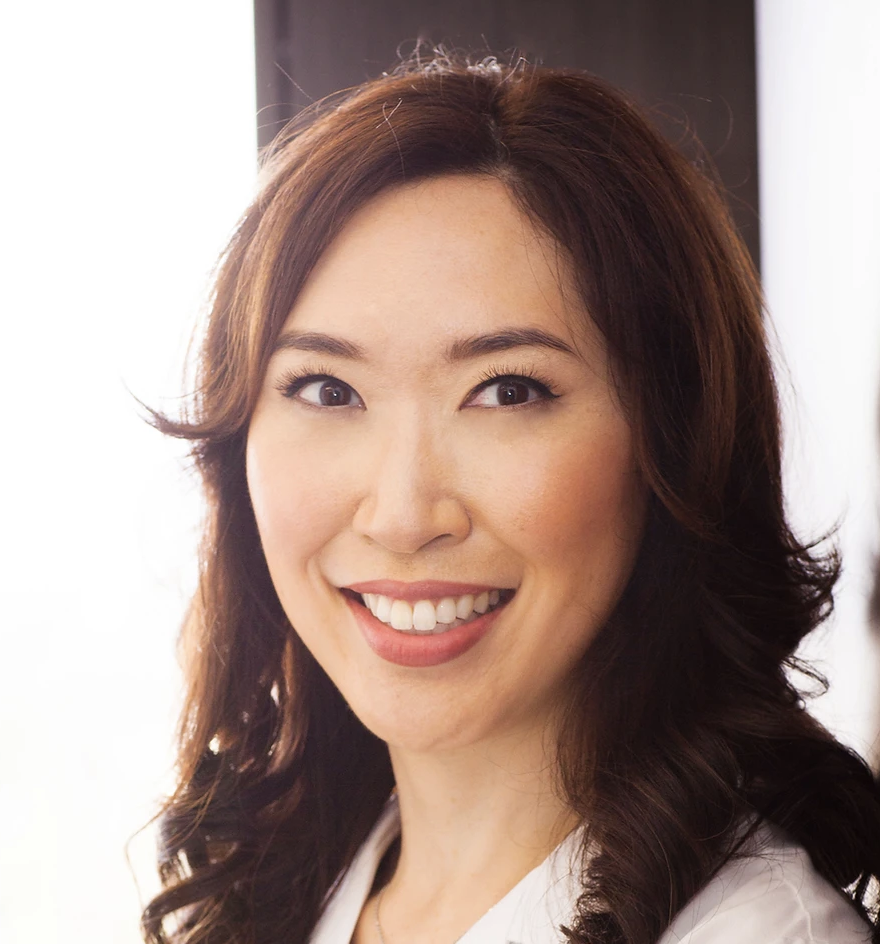
Dr. Kim attended the seven-year accelerated B.A.-M.D. program at Boston University where she graduated Magna Cum Laude and was inducted into the Alpha Omega Alpha Honor Medical Society. Recognizing the changing landscape of medicine, Dr. Kim broadened her education by earning an M.B.A. with a concentration in healthcare management. She received her dermatologic training at Weill Cornell Medical Center-New York Presbyterian Hospital, serving as chief resident in her final year. Dr. Kim then returned to the Boston area to complete her fellowship in Laser and Cosmetic Surgery at SkinCare Physicians of Chestnut Hill under the guidance of world-renowned leaders in the field.
In 2016, Dr. Kim was awarded the prestigious AAD Presidential Citation for her role in the SPOTme pilot program offering free skin cancer screenings at Target stores throughout the country. She co-hosted the Skin Cancer Take a Hike! Fundraiser in Los Angeles in 2017. Dr. Kim is a member of various professional organizations, including the American Academy of Dermatology, American Society for Dermatologic Surgery, Women’s Dermatologic Society, and American Society for Laser Medicine and Surgery.
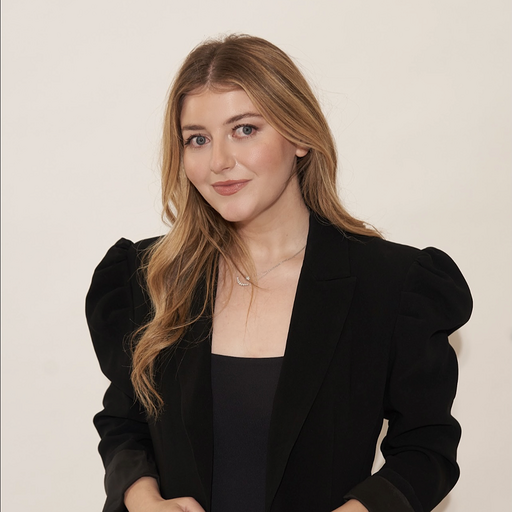
Samantha Holender is the Senior Beauty Editor at Marie Claire, where she reports on the best new launches, dives into the science behind skincare, and shares the breakdown on the latest and greatest trends in the beauty space. She's studied up on every ingredient you'll find on INCI list and is constantly in search of the world's glowiest makeup products. She's constantly tracking the biggest nail and hair trends to pop up in the beauty space, going backstage during fashion weeks, tracking celebrity looks, and constantly talking to celebrity hair stylists, nail artists, and makeup artists. Prior to joining the team, she worked as Us Weekly’s Beauty and Style Editor, where she stayed on the pulse of pop culture and broke down celebrity beauty routines, hair transformations, and red carpet looks. Her words have also appeared on Popsugar, Makeup.com, Skincare.com, Delish.com, and Philadelphia Wedding. Samantha also serves as a board member for the American Society of Magazine Editors (ASME). She first joined the organization in 2018, when she worked as an editorial intern at Food Network Magazine and Pioneer Woman Magazine. Samantha has a degree in Journalism and Mass Communications from The George Washington University’s School of Media and Public Affairs. While at GWU, she was a founding member of the school’s HerCampus chapter and served as its President for four years. When she’s not deep in the beauty closet or swatching eyeshadows, you can find her obsessing over Real Housewives and all things Bravo. Keep up with her on Instagram @samholender.
